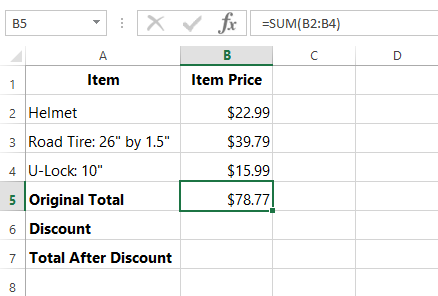

Global forecasts of shipping traffic and biological invasions to 2050. Biological invasions, ecological resilience and adaptive governance. Integrating invasive species policies across ornamental horticulture supply chains to prevent plant invasions. The economic benefit of time‐varying surveillance effort for invasive species management. Introducing the Global Register of Introduced and Invasive Species. Pagad, S., Genovesi, P., Carnevali, L., Schigel, D. Stronger regional biosecurity is essential to prevent hundreds of harmful biological invasions. The ethical stakes in monetary valuation methods for conservation purposes. To value or not to value? That is not the question. Precisely incorrect? Monetising the value of ecosystem services. in The Economics of Ecosystems and Biodiversity: Ecological and Economic Foundations (ed. Global threats from invasive alien species in the twenty-first century and national response capacities. The invasion ecology of mammals: a global perspective. Geographical and taxonomic biases in invasion ecology. Health impacts of invasive species through an altered natural environment: assessing air pollution sinks as a causal pathway. Tree shade, temperature, and human health: evidence from invasive species-induced deforestation. Novel organisms: comparing invasive species, GMOs, and emerging pathogens. Decision tools for managing biological invasions: existing biases and future needs. A neutral terminology to define ‘invasive’ species. Non-English languages enrich scientific knowledge: the example of economic costs of biological invasions. Socio‐Economic Impact Classification of Alien Taxa (SEICAT).

Effects of ocean sprawl on ecological connectivity: impacts and solutions. No saturation in the accumulation of alien species worldwide. What are the economic costs of biological invasions? A complex topic requiring international and interdisciplinary expertise.

A vision for global monitoring of biological invasions. Global threat to agriculture from invasive species. Economic and environmental threats of alien plant, animal, and microbe invasions. The economic cost of managing invasive species in Australia. A framework for sustainable invasive species management: environmental, social, and economic objectives. Conceptual frameworks and methods for advancing invasion ecology. A framework for global twenty-first century scenarios and models of biological invasions. Invasion biology: specific problems and possible solutions.
#Best spreadsheets to represent cost drivers#
Drivers of future alien species impacts: an expert-based assessment. Projecting the continental accumulation of alien species through to 2050. Massive yet grossly underestimated global costs of invasive insects. Invasive species impacts on human well-being using the life satisfaction index. Emerging infectious diseases and biological invasions: a call for a One Health collaboration in science and management. Ecological impacts of alien species: quantification, scope, caveats, and recommendations.
#Best spreadsheets to represent cost driver#
Alien species as a driver of recent extinctions. InvaCost, a public database of the economic costs of biological invasions worldwide.

Addressing the economic costs of invasive alien species: some methodological and empirical issues. Economic evaluation of biological invasions-a survey. Nonetheless, our findings call for the implementation of consistent management actions and international policy agreements that aim to reduce the burden of invasive alien species.īorn, W., Rauschmayer, F. Research approaches that document the costs of biological invasions need to be further improved. We show that the documented costs are widely distributed and have strong gaps at regional and taxonomic scales, with damage costs being an order of magnitude higher than management expenditures. These costs remain strongly underestimated and do not show any sign of slowing down, exhibiting a consistent threefold increase per decade. Moreover, we estimate that the annual mean cost could reach US$162.7 billion in 2017. Here we found that the total reported costs of invasions reached a minimum of US$1.288 trillion (2017 US dollars) over the past few decades (1970–2017), with an annual mean cost of US$26.8 billion. The InvaCost database has enabled the generation of a reliable, comprehensive, standardized and easily updatable synthesis of the monetary costs of biological invasions worldwide 3. Biological invasions are responsible for substantial biodiversity declines as well as high economic losses to society and monetary expenditures associated with the management of these invasions 1, 2.


 0 kommentar(er)
0 kommentar(er)
